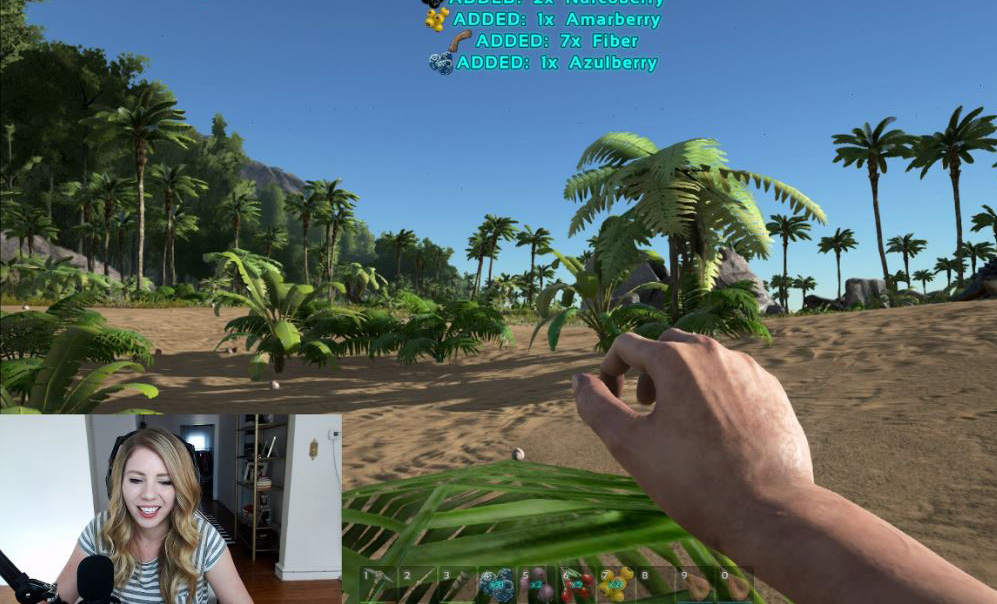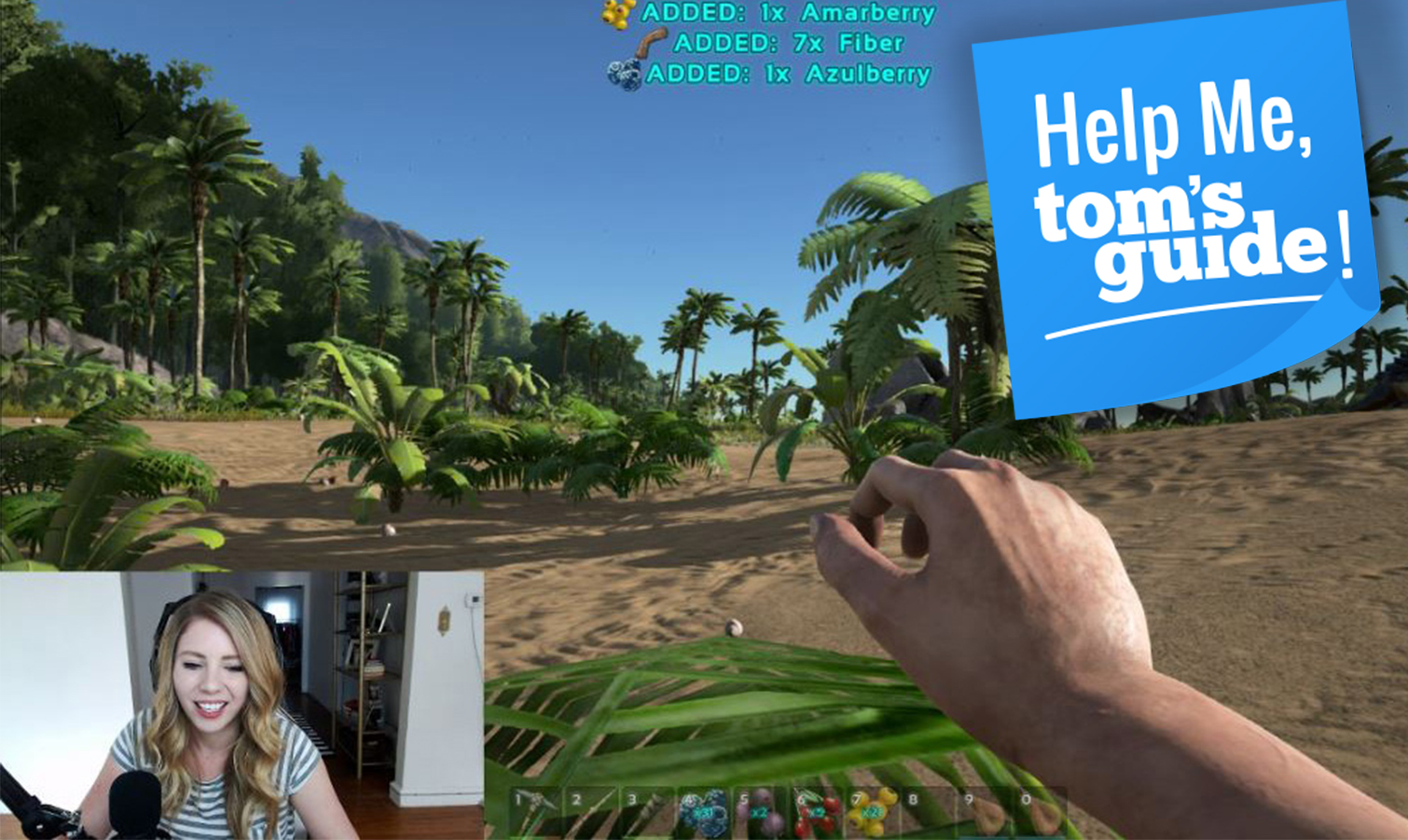Help Me, Tom's Guide: How Much Bandwidth Do I Need to Stream Games?
Without a sufficiently high upload speed, you're not going to be able to broadcast a stream that anyone would want to watch.

At Help Me, Tom's Guide, we hate to be the bearers of bad news, but sometimes, there's just no simple solution for a reader question. Take, for example, a query about video game broadcasting from user telmonefran on our forums:

"I was thinking about [starting] streaming, but my problem is that I don't [know] what video settings [to] use."
"My PC is quite good enough, so the problem [is with] the internet connection."
According to telmonefran, his download rate hovers around a respectable 12 Mbps, but his upload rate — the really critical component for broadcasting video game streams — gets up to only about 850 Kbps.
MORE: The Ultimate Guide to Twitch Streaming
If you insist on sticking with your current setup, you could probably provide a teeny-tiny stream, with video and audio quality reminiscent of the first grainy videos that you downloaded on your dad's desktop in the mid-'90s. Realistically, though, you're not going to be able to broadcast a stream that anyone would want to watch with your current upload capacity.
To examine why, let's take a look at the basics of video game broadcasting. Essentially, you're uploading a video game in real time, complete with an audio track, and possibly a second video of a webcam focused on you. The higher the quality — on both video feeds — the more bandwidth you'll need to establish a stream, and maintain it without too much lag or tearing. (Lag is an inconvenience while streaming a movie; it's an absolute nightmare while streaming a game, as video games tend to have higher frame rates and more split-second action.)
Sign up to get the BEST of Tom's Guide direct to your inbox.
Get instant access to breaking news, the hottest reviews, great deals and helpful tips.
Let's also be frank, here: Twitch boasts that it has more than 2 million active broadcasters. To stand out in that crowd, you need to be talented, sure — but you also need to be technically proficient. Even if you come up with the most brilliant commentary in the world, your stream is going to be a tough sell at sub-HD resolutions.
(Incidentally, the lowest HD resolution is 854 x 480, which requires an upload speed of about 1.6 Mbps to stream steadily at 30 fps, according to the Chow-Bryant streaming calculator.)
Most popular streamers offer 1080p streams, but you should aim for at least 720p. To stream consistently at a 1280 x 720 resolution at 30 fps — all other things being equal — you’ll need an upload speed of about 3.6 Mbps. Of course, all other things are never equal, between Twitch servers, your own internet provider and whatever program you use to broadcast, so let's round up and say 4 Mbps. That's almost five times what you're able to get right now.
Your questions about bitrate and video quality are fair ones, and indeed, Twitch provides a guide for them on its website. But the first thing you'll need to do is pony up a few extra dollars per month to get a faster upload rate from your internet provider. Failing that, consider recording your gameplay sessions and uploading them so that people can watch them on-demand. It's not as instantaneous as live-streaming, but pre-recorded shows can build up quite a following, if the content is good.
Marshall Honorof is a senior editor for Tom's Guide, overseeing the site's coverage of gaming hardware and software. He comes from a science writing background, having studied paleomammalogy, biological anthropology, and the history of science and technology. After hours, you can find him practicing taekwondo or doing deep dives on classic sci-fi.

